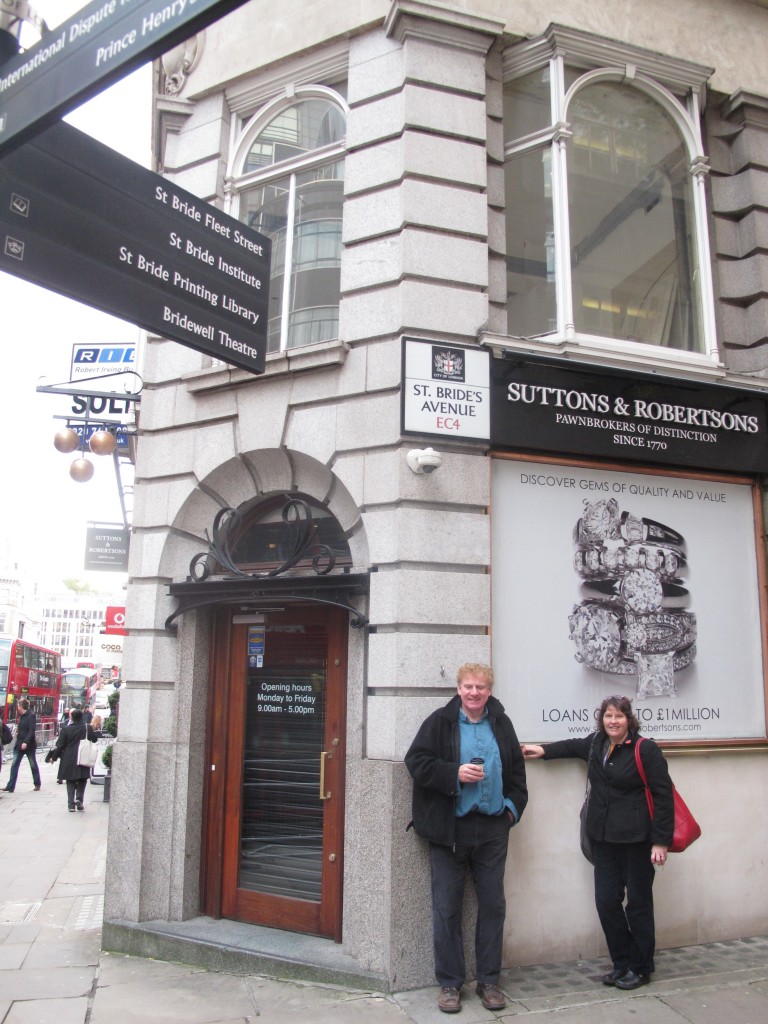What if we could have headphones that changed what music played based on where it was? If we could make a 100,000 square foot public space with different music playing in every square foot, and then cluster the types of music, we could make an art space out of any large public space where people could explore exotic types of music, and end up clustered near others that like the same type of music they do.
People could sit and listen, have lunch, flirt, whatever, in this several acre musical landscape. Walking would sound like flipping channels– the cost of exploring the cuban funk area would be low– just wander over. Try hanging out in the South Indian classical music area for a while. Who would you meet there?
Your device would have information on the music you are listening to, and who else liked this location/artist. People’s paths through the space might be interesting to watch and map and follow.
The Internet Archive is building a music library that underpin this, we would help in a clustering of the music to make it coherent, we need the headphones/receivers, and some whacko artists to figure out how to make all of this work and be interesting.
If people liked it, we could do it anywhere in the world, and may not need any permission from the authorities since it does not require any physical modification to the environment.
Red Square as a musical landscape, the park in front of the Pompidou, Union Square in NYC.
How about an abandoned factory?
office towers could be productively re-used (if we can do 3d locations),
Inside a large library?
Thinking bigger– a stadium, a town.
Sound interesting? Not sure where to go with this, it has probably been done. Are there 1-foot resolution add-on’s for smart-phones? Up for it?
Interesting links coming in:
http://www.cmc.ie/musictrail/index.php from @jonathangrimes
http://www.gdgps.net/ and http://www.wsrcc.com/wolfgang/gps/dgps-ip.html from Sam Stoller of the Archive
Silent disco is similar– raj kumar
interlaced FM stations (raj kumar) http://en.wikipedia.org/wiki/Frequency_offset http://www.icrobotics.co.uk/wiki/index.php/Turning_the_Raspberry_Pi_Into_an_FM_Transmitter
Or have the headbands on the headphones have colors on top (or colored LED’s) and have a webcam from above chart where people are. (raj kumar)
Doable, but less ambitious: In the Great Room of the Archive, put a QR code on each seat that a smartphone can read, and then a channel plays. if you like it, then others can come to your seat. slide around to find a channel you like. A channel is a webpage that plays music. (javascript qr reading code: http://www.webqr.com/ )
Do it world-wide: Location-based Internet Radio: have each place, block, town, have its own radio station. Start with randomly assigned, but then people at that place can vote for best station for them. Maybe break up a large area into sub-areas each with their own radio station. Use HTML5 to do this just by going to a web page on your smartphone. Then when in Amsterdam, see what they selected. By having to be in a particular place to change the station, it might keep down spam. An overall map of what people have done where could be very cool.
"How I wish we could take this moment
& freeze it
To come back again & again & again
To hold it to the light
turn it in our hands
To study all the angles
To find out How
and Why
it's gotta go the way that it goes"







